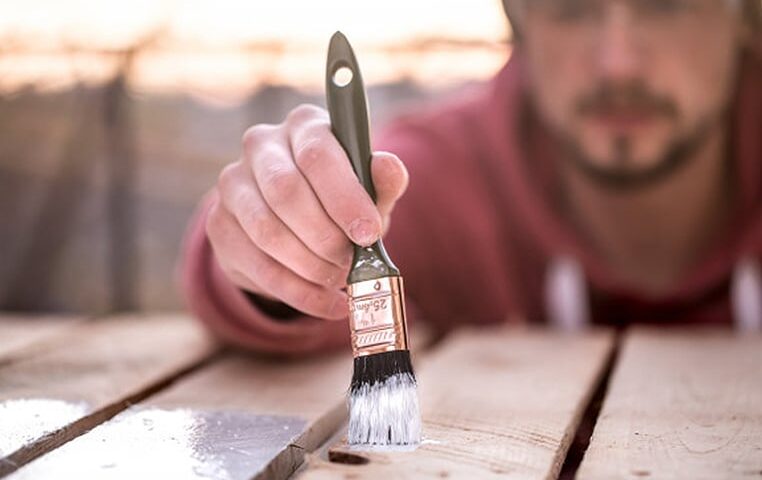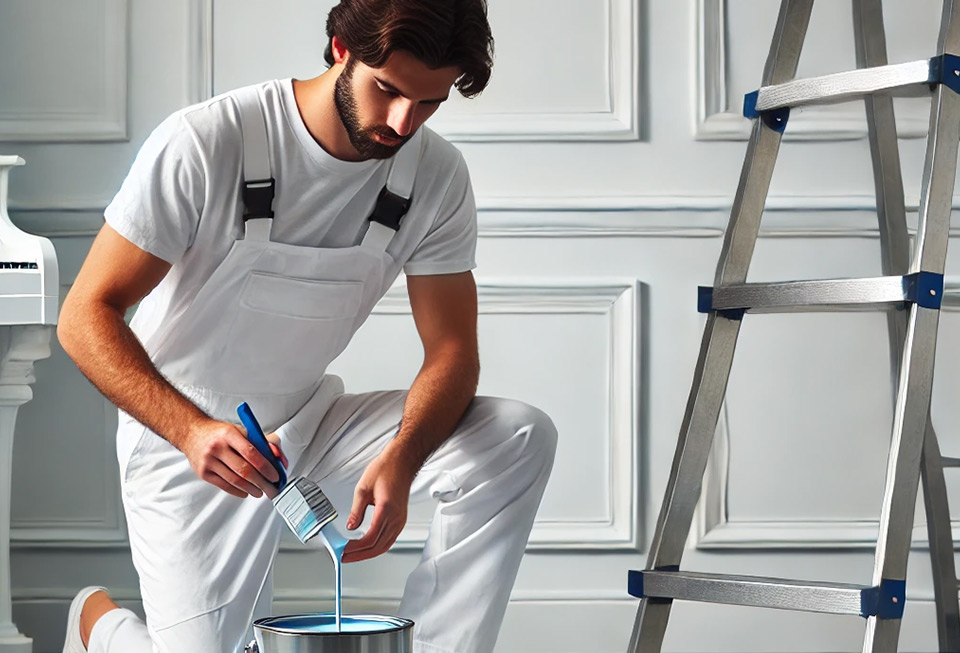
How to prepare your home for a professional interior painting job
September 16, 2020
How long does it take for paint to dry and cure
October 13, 2020Panelling your deck with cedar is probably the best choice for both aesthetic and sustainability purposes. Cedar is less likely to warp, and the heartwood is fragrant and has a rich colour to it. But just like any other natural element, the wood can tarnish and corrode over time. Therefore, it is imperative that you stain it to preserve its texture and prolong the life of your precious deck.
What is deck staining?
Staining is the application of a tint or pigment to the surface of the panelling to enhance the finish and overall look of the deck. Stains are water-resistant and block the harmful UV rays of the sun to prevent premature damage. Stains are less slippery than paints, thus, skirting hazards, along the way.
When to stain a deck?
Whether you wait a while, or stain your deck right away, the unsaid ground rule before applying any kind of coating, is prepping. Once the wood is well-prepped, you can stain it any time. However, for your convenience, there can be two ways to go about it:
Staining the deck immediately: It is believed by some people that one must stain their decks as soon as they get them for maximum protection.
To prep, apply a deck cleaner and use light pressure while scrubbing the surface. Neutralize the solution with a wood brightener. This procedure will impart a rustic look to the deck by enhancing the texture, opening the wood pores, and removing the artificial glaze on it.
One way to check if your deck is ready for staining is by applying a coat of penetrating semi-transparent stain on a patch. If it gets absorbed quickly, the deck is ready. If it pools on the surface of the deck, further prepping is needed first.
Staining the deck after a year: This is the most sought-after decision for many owners. They let the surface weather over time. In many cases, one may find that the new wood is still moist and is thus, less penetrable, making the staining ineffective and blotchy.
Many users, therefore, subject it to the sun’s rays and let the exposure bring out a grayish tone about the wood. A wood cleaner is then applied to scrub away the superficial gray layer and a neutralizer is applied to brighten the surface.
The stain is then applied and left to dry for 1-2 days.
Types of stains
If you consult the painters in San Diego, most of them would recommend staining your deck with a product that has low-viscosity and high penetrability.
The options that you can choose from, are:
Solid stains: They are darker and cover the natural texture of the wood uniformly. Best suited for older decks.
Semi-transparent stains: They maintain the elements in the finishing whilst imparting a mild hue to enhance its appearance. They save the wood from sun and harsh weather damage.
Transparent clear wood preserves: Best for cedar decks, they provide a sophisticated varnish and also lets the deck flaunt the alluring colour of the wood. Most of them promise UV protection and contain a fungicide to keep mold and mildew from decaying or discolouring the surface.
Things to remember while staining:
Taking cues from various exterior house painters in San Diego, you can have a basic idea about how to render stains on the deck surface.
- Apply a thin stain that doesn’t clog the pores of the wood.
- Do not over apply or coat multiple times. Many experts suggest that one coat is more than sufficient.
- Use sandpaper to remove sap and resin from the wood.
Final word
An untreated wooden panelling is the worst thing that can happen to the deck. Staining increases the lifespan and increases the durability of the surface to keep the deck up and going for years. If you are unsure about where to begin, contact painting experts or a power washing company in San Diego to carry out the process with professional dexterity.



